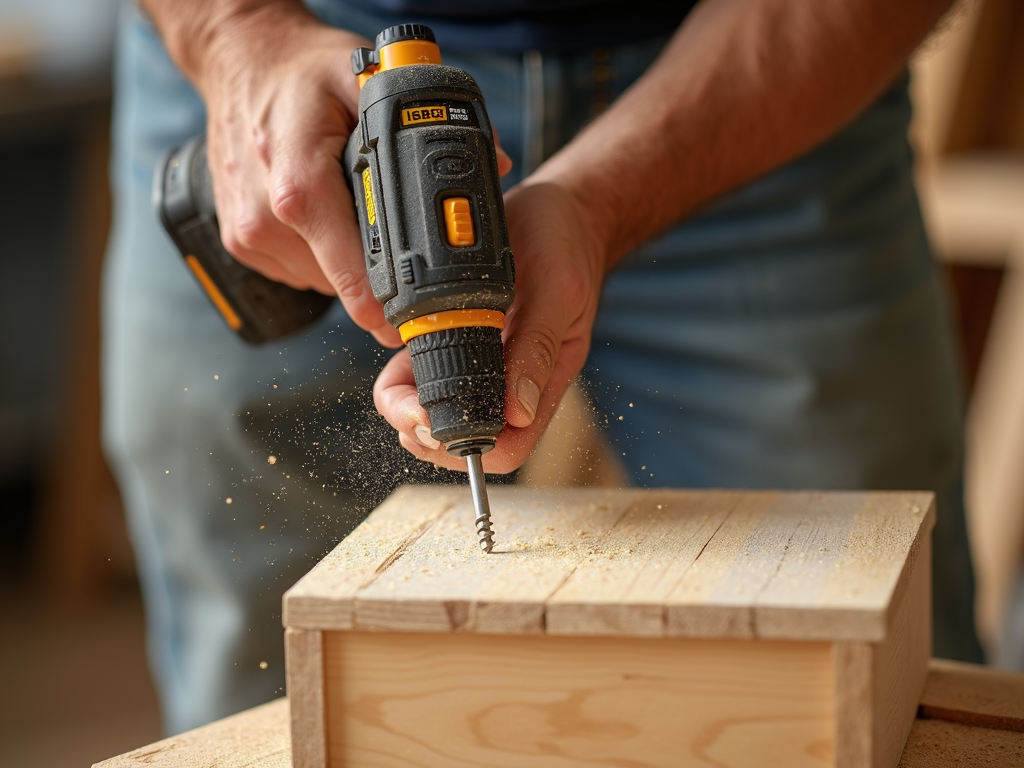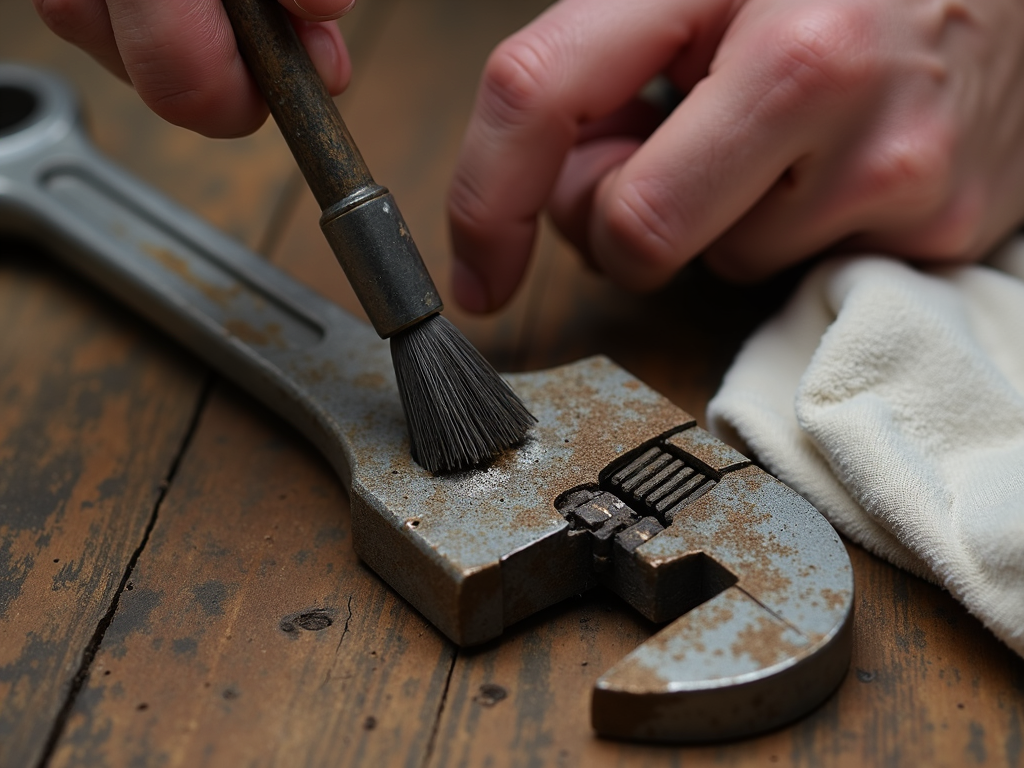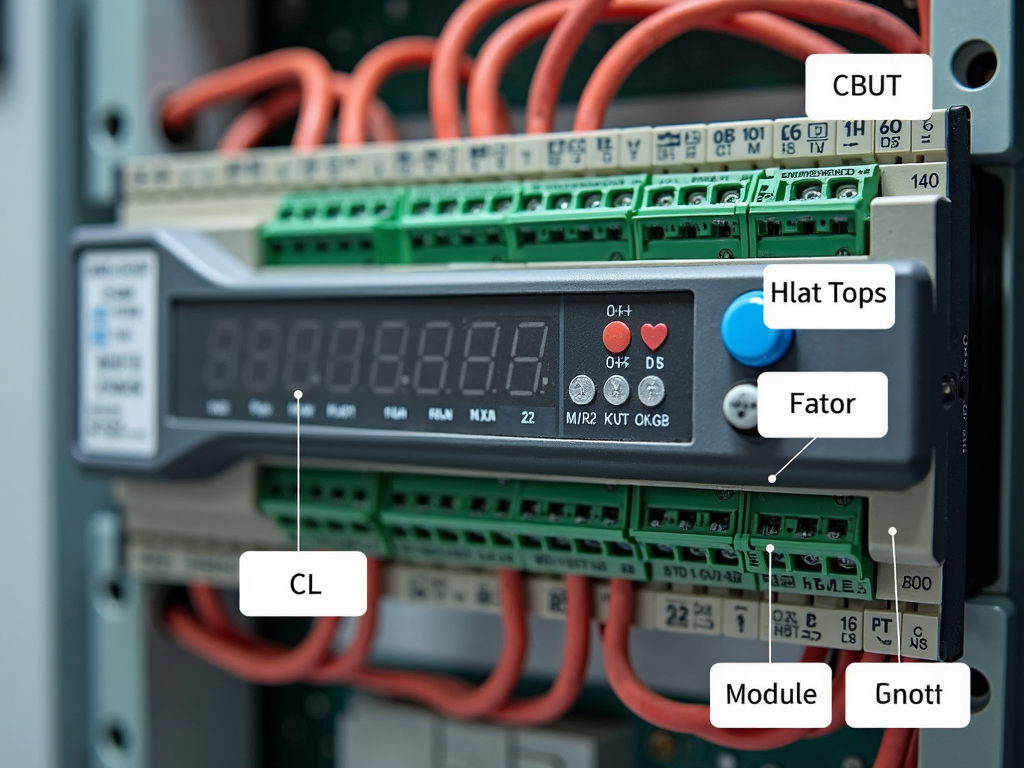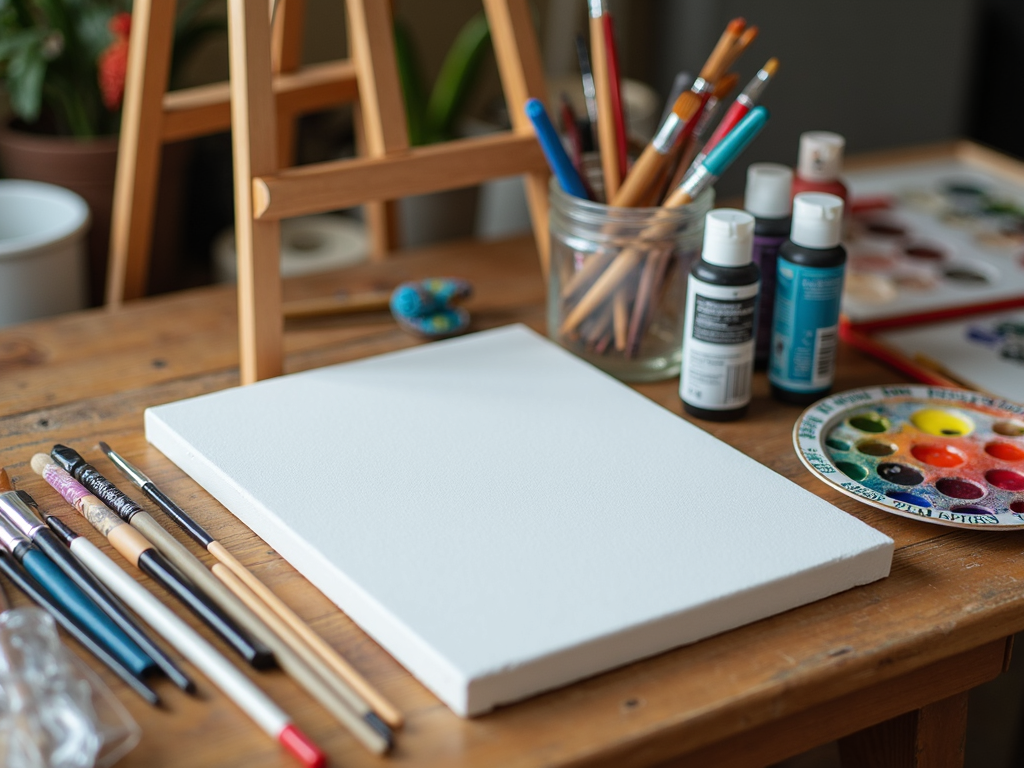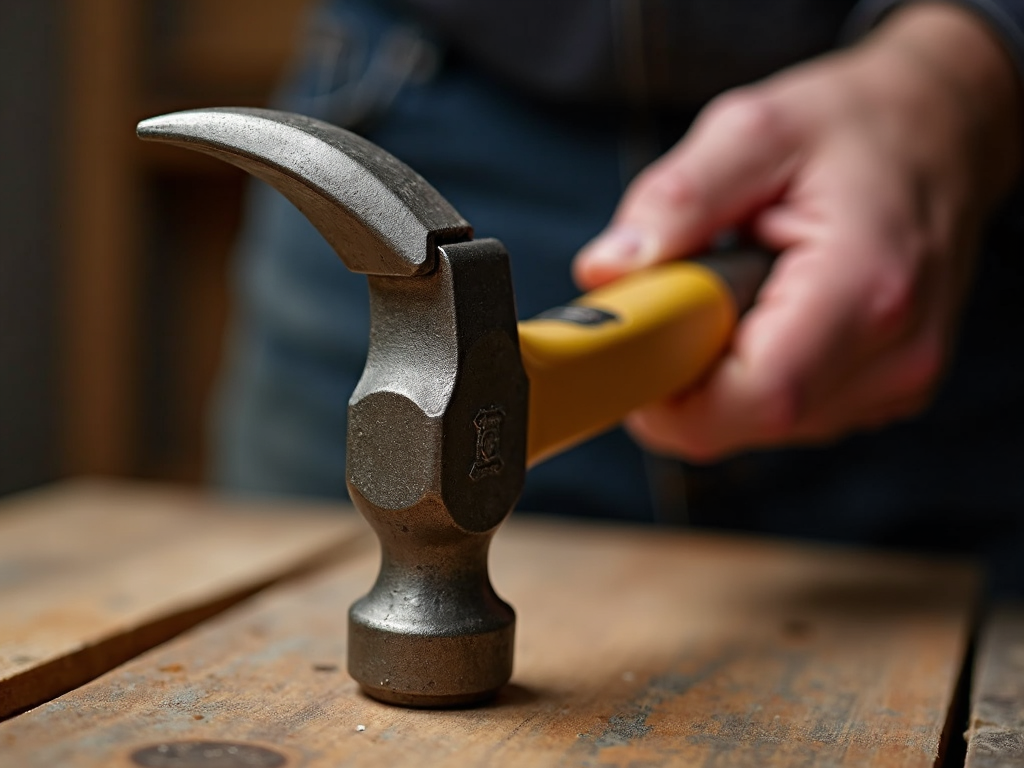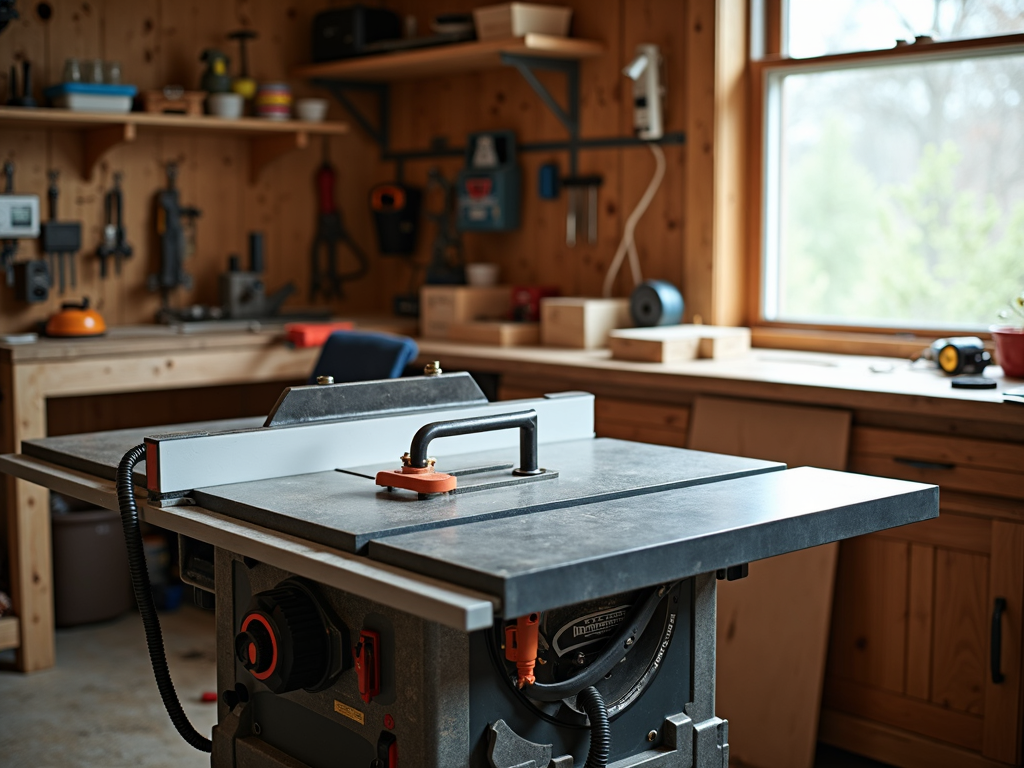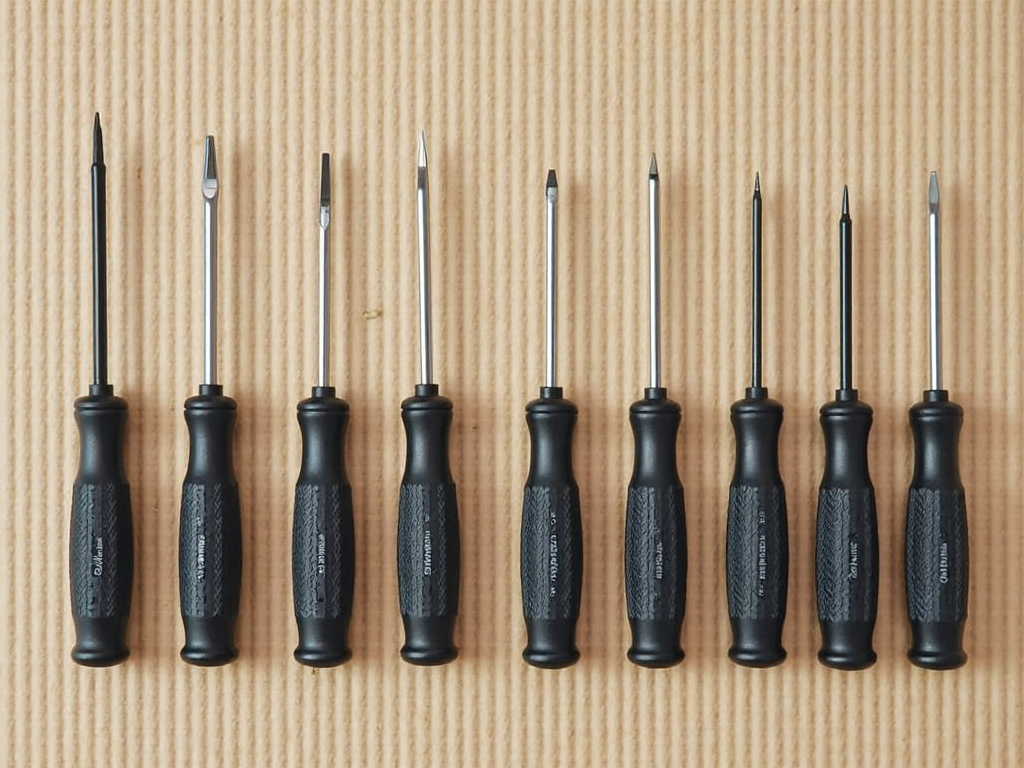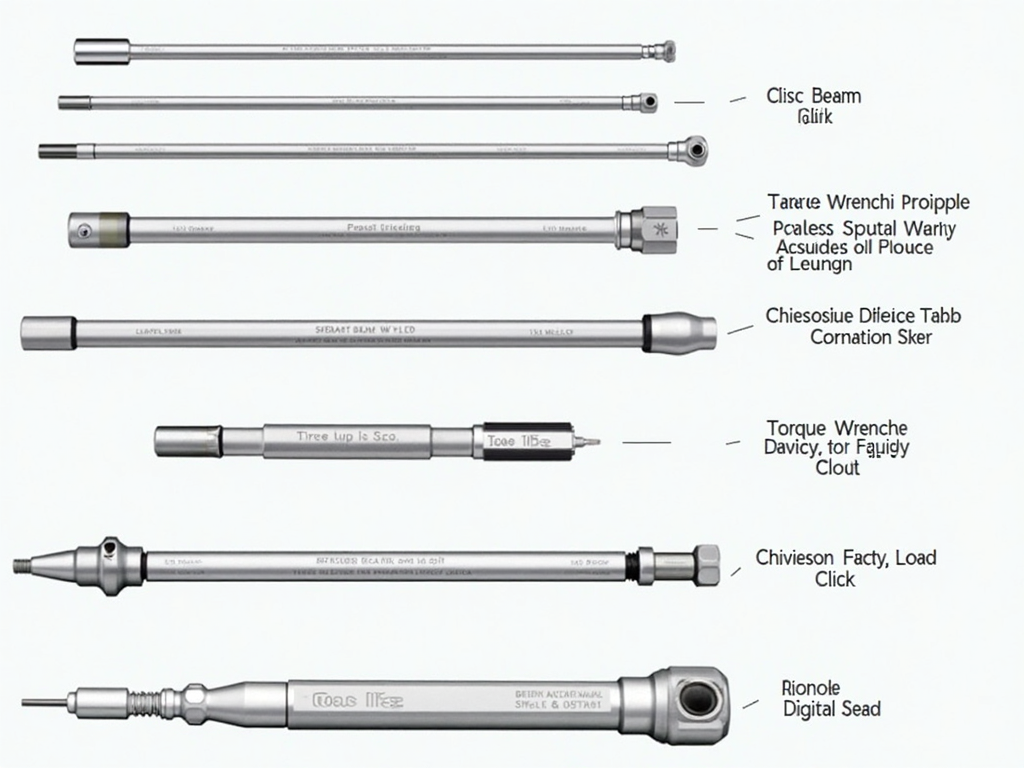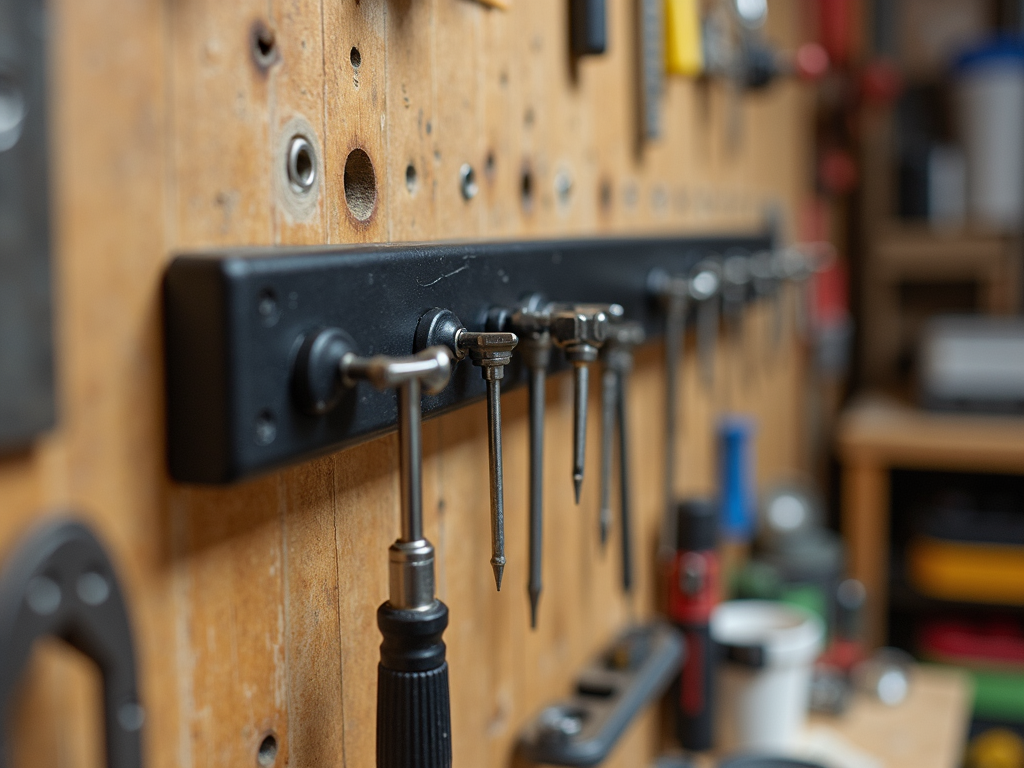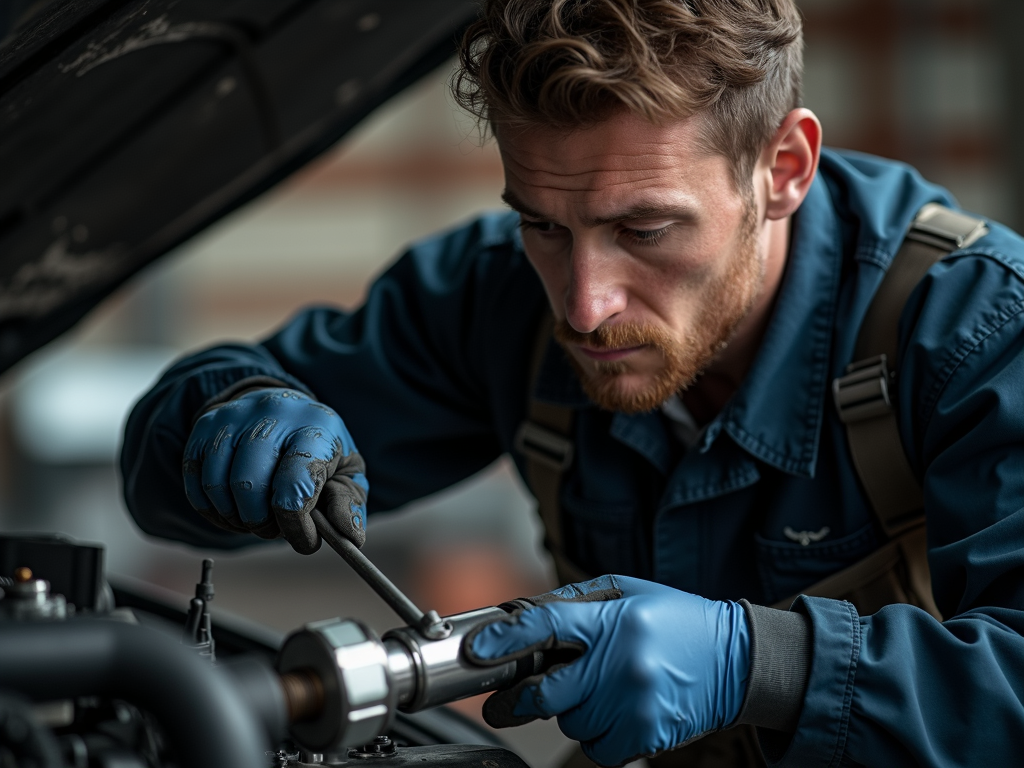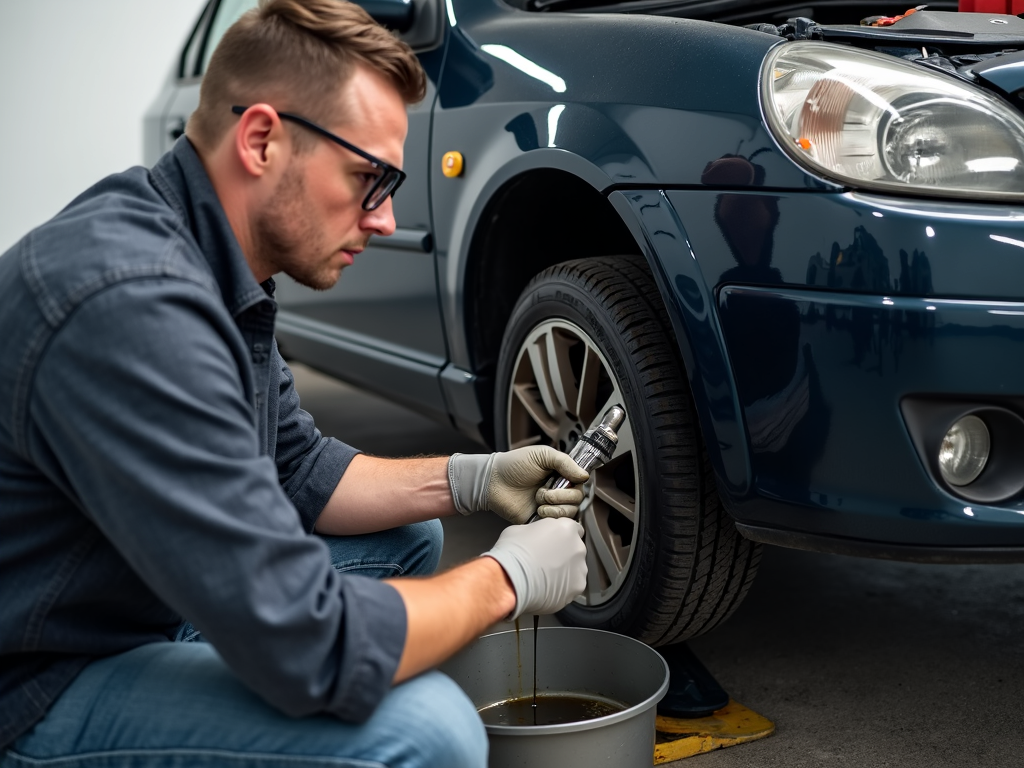Power tools are incredibly useful for DIY projects and professional work alike, but they can also be dangerous if not used correctly. Every year, thousands of people end up in emergency rooms due to power tool accidents. That's why understanding and following safety tips is crucial. In this guide, we'll cover everything you need to know to stay safe while using power tools.

1. Always Wear Appropriate Safety Gear
Before you even turn on a power tool, make sure you're dressed for the job. This includes:
- Safety goggles to protect your eyes from flying debris
- Ear protection if the tool is loud
- Gloves to prevent cuts and improve grip
- A dust mask if you're working with materials that produce fine particles
- Sturdy, closed-toe shoes to protect your feet
Remember, your safety gear is your first line of defense against accidents.

2. Read the Manual and Understand Your Tool
Every power tool is different, and manufacturers provide manuals for a reason. Take the time to read through the manual and understand how to operate the tool safely. Pay attention to:
- Recommended uses and limitations
- Proper handling and operation techniques
- Maintenance requirements
- Safety features and how to use them
Don't assume that because you've used a similar tool before, you know how this one works. Each model can have unique features and requirements.

3. Inspect Your Tools Before Each Use
Before you start working, take a moment to inspect your power tool. Look for:
- Damaged cords or plugs
- Loose or missing parts
- Signs of wear or malfunction
- Proper blade or bit installation
If you notice any issues, don't use the tool until it's been repaired or replaced. Using a damaged tool is asking for trouble.

4. Keep Your Workspace Clean and Organized
A cluttered workspace is a recipe for accidents. Make sure your work area is:
- Well-lit
- Free of tripping hazards
- Organized with tools and materials in their proper places
- Ventilated if you're working with fumes or dust
Take the time to clean up as you go, and don't let debris pile up around your feet.

5. Use the Right Tool for the Job
It might be tempting to use a tool for a purpose it wasn't designed for, but this can lead to accidents. Always use the appropriate tool for the task at hand. If you're not sure which tool to use, do some research or ask a professional.

6. Maintain a Stable Stance and Grip
When using power tools, especially those that are heavy or require force, make sure you have a stable stance. Keep your feet shoulder-width apart and maintain a firm grip on the tool with both hands if possible. This will help you maintain control and reduce the risk of the tool slipping or kicking back.

7. Be Mindful of Your Surroundings
Always be aware of what's around you when using power tools. Make sure there are no people, pets, or obstacles in your work area that could cause distractions or accidents. If you're working in a shared space, communicate with others to ensure everyone is safe.

8. Disconnect Power When Not in Use
When you're not actively using a power tool, disconnect it from the power source. This prevents accidental startups and reduces the risk of someone else mistakenly turning it on. For cordless tools, remove the battery when not in use.

9. Store Tools Properly
After you're done with your project, store your power tools in a safe, dry place. Use original cases or designated storage areas to keep them protected and out of reach of children or unauthorized users.

10. Regular Maintenance is Key
To keep your power tools in top condition and ensure they operate safely, perform regular maintenance. This includes:
- Cleaning after each use
- Lubricating moving parts as recommended
- Sharpening blades and bits
- Checking and replacing worn parts
- Following the manufacturer's maintenance schedule
Well-maintained tools are safer and more efficient.

In conclusion, safety should always be your top priority when using power tools. By following these essential tips—wearing proper gear, understanding your tools, inspecting before use, maintaining a clean workspace, using the right tool for the job, keeping a stable stance, being aware of your surroundings, disconnecting power when not in use, storing tools properly, and performing regular maintenance—you can significantly reduce the risk of accidents and injuries. Remember, taking a few extra minutes to ensure safety can save you from a lifetime of regret.
Related Safety Tips for Using Power Tools:
- Beginner’s Guide to Power Tools: Drills, Saws, and More
- Maintaining Your Metalworking Tools for Safety and Performance
- The Electrician's Guide to Advanced Automation Tools
- Painting Tools Every Artist Needs
- Top 10 Tools Every Workman Should Own: A Comprehensive Guide
- How to Pick the Perfect Table Saw: A Beginner's Guide
- Top 10 Essential Tools Every Workman Should Own: A Comprehensive Guide
- DIY Painting Hacks for Perfect Results
- Torque Wrench Basics: Why Every DIYer Needs One
- 10 Clever Workshop Storage Ideas: Organize Your Workshop Efficiently
- Essential Workman Tools for Automotive Repairs: A Comprehensive Guide
- How to Maintain Your Car's Engine for Longevity: A Comprehensive Guide
